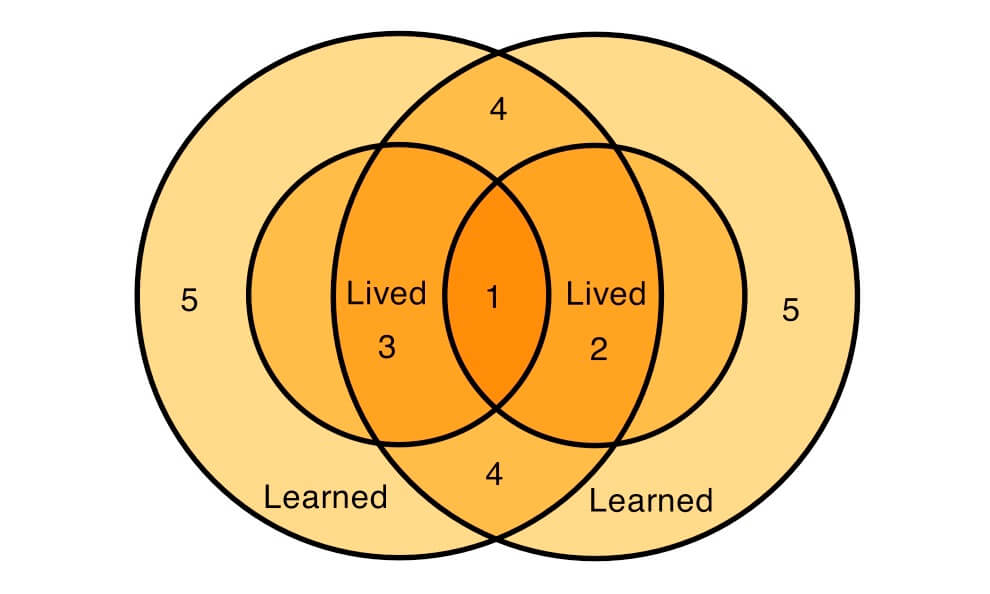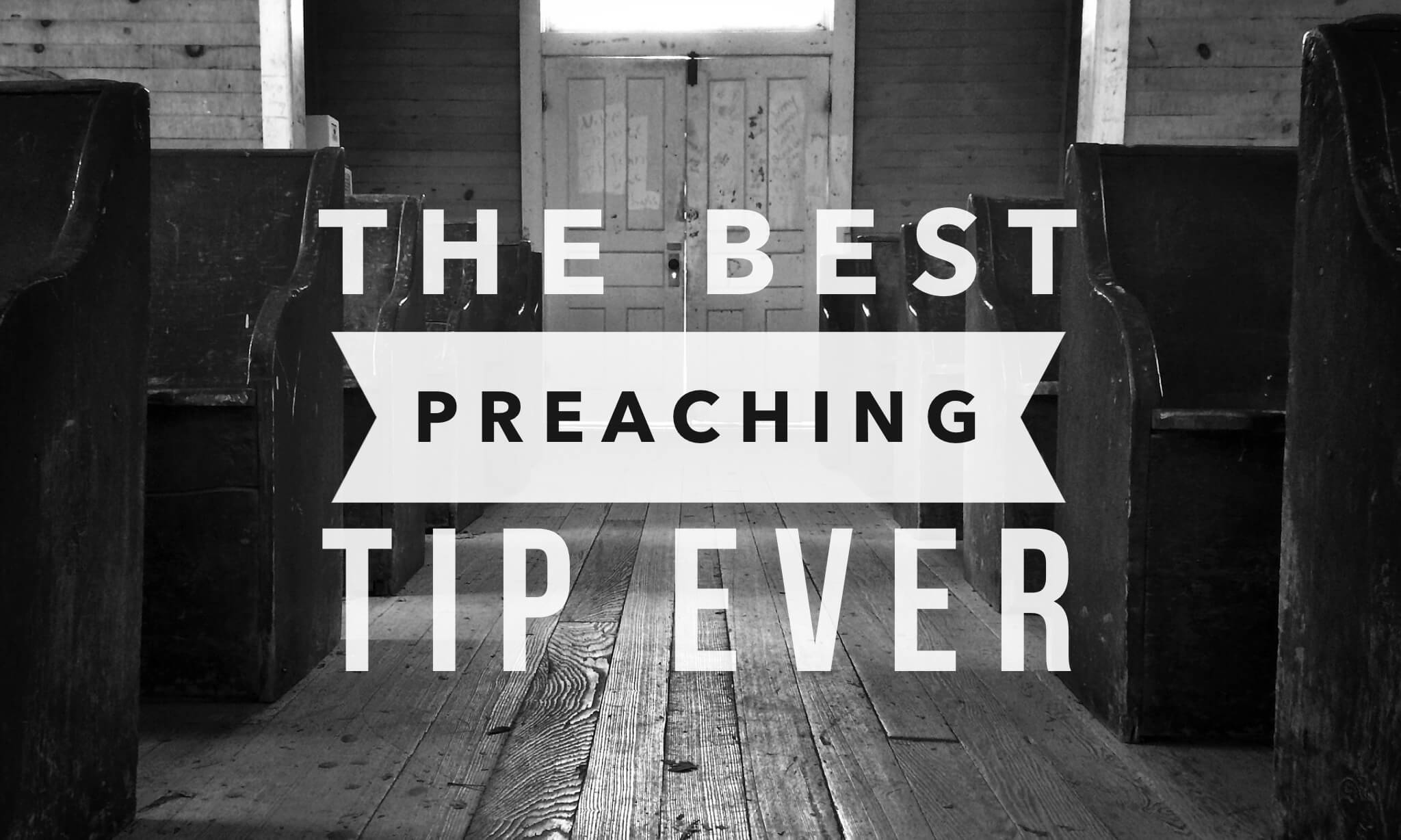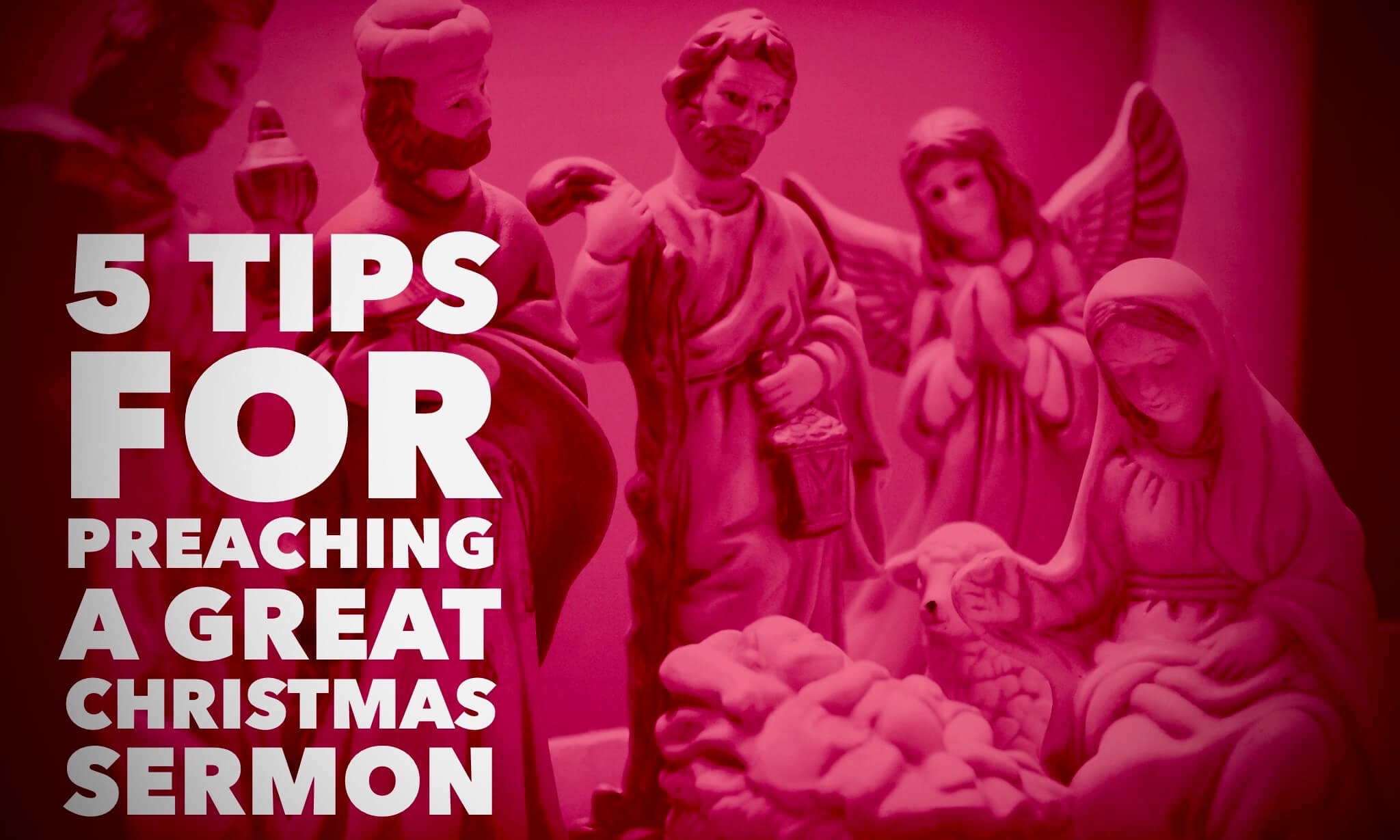How to Find the Best Sermon Illustrations
Have you ever used an illustration you loved that fell flat when you preached it? I know I have. So why do some illustrations connect, while others fall short?
Here is what I have discovered: The best sermon illustrations are found on common ground between the speaker and the audience. When you speak about something you have experienced and your audience has also experienced the same thing, you connect with them on the deepest level.
A joke about something they all have experienced will make them laugh. An emotional story about something close to their hearts will bring them to tears. They will listen to you and think, “This is a down to earth pastor.” Or “This guy gets me.”
I discovered a great diagram as I was reading Haddon Robinson’s, Biblical Preaching, recently that looks something like this:

There are two kinds of experience that people have – Learned experience and Lived experience.
- The best illustrations connect on lived experience.
- Second best are when your learned experience connects with their lived experience.
- Third is when your lived experience overlaps their learned experience.
- Fourth is when both of your learned experiences overlap.
- The worst is when the speakers lived or learned experiences don’t overlap with the listener at all.
For example, if I were to tell a story about watching a particular NFL football game of my favorite team, the Green Bay Packers, any Packers fans in the audience who also watched the game will immediately connect (#1). If they heard about the game or know a bit about football it will also connect on a smaller level (#3). However, if I traveled to England and told the same illustration, most people would look at me funny because American football and European football are two very different things (#5).
How does this impact your preaching?
Personal stories are usually the best stories. If you are similar to your people and you experienced it, there is a good chance that many of them have gone through the same thing.
Preacher stories, like the classic of the boy throwing starfishes back in the ocean, might connect with your audiences lived experiences, but chances are it will hit their learned experiences. So the next time you are tempted to tell a story about the first World War, ask yourself where it would fit on this diagram. Make sure it connects.
The key is knowing your audience. Are they rich or poor? Urban, suburban, or rural? Young singles, married with kids, or empty nesters? High school diploma, bachelors degree or masters? What are their biggest fears, temptations, and struggles?
When you know your audience, you will know which illustrations will hit home.
Homework
I challenge you to think about your audience and use this diagram to evaluate the illustrations for your next sermon. Try to find #1 illustrations first, then move down the list if you cannot. This might just be the game-changer your sermon needs.




